rear end collision fault bc
The Rear Driver. Get the basics on proving fault for a car accident Establishing Fault for Rear-End Accidents.

Rear End Collision Lawsuit 10 Key Things To Know About Fault
Rear-end collisions are usually caused by drivers following too closely or not paying attention to the road.
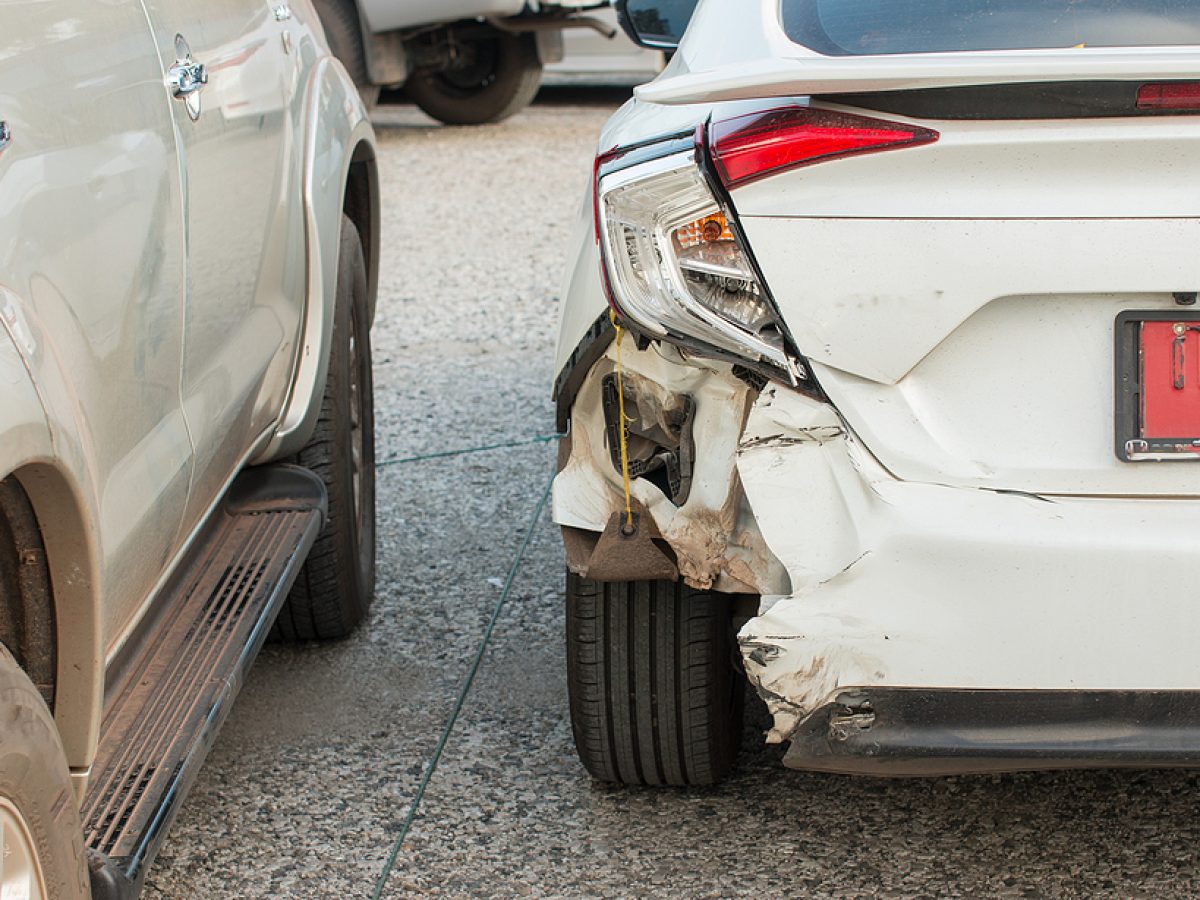
. While the rear driver is often at fault for following too closely or distracted driving the lead driver can also be at fault. Vehicle A 100. If the brakes or tires were defective the manufacturer of the vehicle should be held responsible for negligently producing a defective and potentially dangerous product.
A rear end driver may not be to blame or may only be partially to blame in any of the following situations. Some rear-end collisions are caused because your brakes suddenly failed or your tire suddenly blew out. You were both at fault.
The Rear Driver is Usually at Fault in a Rear-End Car Crash. Here are a few more common culprits in rear-end accident cases. However in some cases the vehicle in front will be found at fault.
What To Do Get Police Reports. A rear-end collision occurs when one car hits the back of another vehicle. Who Was At Fault in Your Rear-End Collision.
The driver of the car that rear-ends a leading vehicle will almost always be at least partially negligent negligence is the legal principle that determines fault for a car accident. The Supreme Court of British Columbia recently revisited liability in rear end collisions. The most severe accidents may even involve multi-car pileups and totaled vehicles.
In this diagram Vehicle B is stopped or slowing down when it is rear-ended by Vehicle A. Ismail the Plaintiff was driving in bumper to bumper traffic in the right lane of a highway. Vehicle B 0.
Fault in most car accidents is determined by negligence. There are some situations where the driver in the back may not be liable for a rear-end collision. In most cases the driver who rear-ended the other vehicle is at fault for the accident.
If you cannot stop in time and hit the car in front of you you are considered to be at fault for the accident. Rear-end crash with two vehicles. Failing to maintain a safe.
Most drivers assume that any accident involving a rear-end collision is always the fault of the driver in the back. The BC Court of Appeal released reasons for judgement today upholding a trial judgement finding a motorist who was rear-ended 60 liable for the collision for failing to have their hazard lights activated prior to the crash. This belief stems from the notion that drivers can see what is ahead and should be concerned with obstacles in front of them therefore a driver should reasonably be able to stop or otherwise avoid striking other cars from behind.
A rear-end collision could occur if the lead driver cuts off the rear driver during an unsafe lane change. Unfortunately rear-end collisions often result in frame damage which can put stress on the suspension system of the vehicle and cause the shocks struts and other parts to wear out faster. The law requires all drivers to drive reasonably in the circumstances.
While some rear-end collisions are mere fender benders others can be more serious causing serious injury. The leading causes of these accidents are distraction or inattention of the driver tailgating panic stops and reduced traction. Rear-End Collisions Rules of the Road In BC the law is such that a driver is not permitted to follow too closely behind another.
In almost all cases involving rear-end. A rear-end collision is characterized by a car accident in which a vehicle crashes into the one in front of it. Whiplash is a common neck injury that results from rear-end collisions.
In the majority of rear-end accidents the driver in the rear vehicle is at fault. Abrupt lane changes failing to follow the speed limit or not yielding the right of way on the road are a few possible causes of rear-end accidents. There are multiple vehicles involved and another car pushed their vehicle forward.
Merging on top of or right in front of another driver without leaving enough room is dangerous and can cause an accident. Motor Vehicle Act Section 162 Generally the courts will rule that a vehicle that rear-ends a vehicle in front is 100 per cent at fault. When a driver is rear-ended it can cause the head to whip backward causing injuries to the neck shoulders and upper back.
The lead driver could be at fault for the rear-end collision in a few different scenarios. This can range from dented bumpers and broken lights to caved-in trunks and misaligned steering columns. However the most complicated aspect to determine regarding rear-end coalition is who is to be held liable for the damages or injuries.
The rear driver is usually at fault because they. These accidents happen when a vehicle is stopped or slowing down on a roadway and is struck from behind by another vehicle. Moreover another vehicle pedestrian or even road conditions may have been a contributing cause of a rear-end collision.
Typically the driver follows the front vehicle too closely or tailgates in violation of Section 162 of The Motor Vehicle Act. According to the National Highway Safety Administration NHTSA rear-end collisions account for 28 of all automobile accidents making them one of the most frequent types of automobile accidents in the United States. Drivers must pay attention to road conditions weather conditions and traffic patterns.
This is because the law requires drivers to maintain a safe distance from the car in front of them. Additionally as mentioned poor alignment can also put more pressure on suspension components. Reasons for judgement were released last week discussing fault for a rear-end motor vehicle collision which occurred after the Plaintiff made a lane change into the Defendants lane of travel.
There were few vehicles in the left lane as it was closed to. A type of accident where a vehicle hits the vehicle in front of it. Rear-end Collision A vehicle must be far enough behind the vehicle it is following to be able to stop safely even in an emergency.
In last weeks case Perry v. This is because every driver has a duty to follow other vehicles at a safe distance that varies. In todays case Langille v.
Matthies 2017 BCSC 839 a plaintiff was injured when he drove his motorcycle into the back of the defendants red truck while driving in Mission BC. After taking into account all of the above a driver must leave enough room between their vehicle and the vehicle ahead to stop or avoid a crash. Aside from physical consequences rear-end collisions can also result in various levels of damage to the vehicles involved.
Often these are soft issue injuries usually in the form of strains and sprains to the muscles and tendons in the neck. The injured driver claimed the defendant stopped without warning. The driver in front accelerated in reverse.
If you were injured in a rear-end accident it could be. In most cases if one driver rear-ends another the driver who did the rear-ending will be found 100 at fault. Fault in a rear-end automobile accident is not automatic.

Rear End Collisions Causing Injuries And Deaths Diamond And Diamond Lawyers Injury Personal Injury Lawyer Rear Ended

Got In A Rear End Collision Here S What To Do And How To Avoid Them
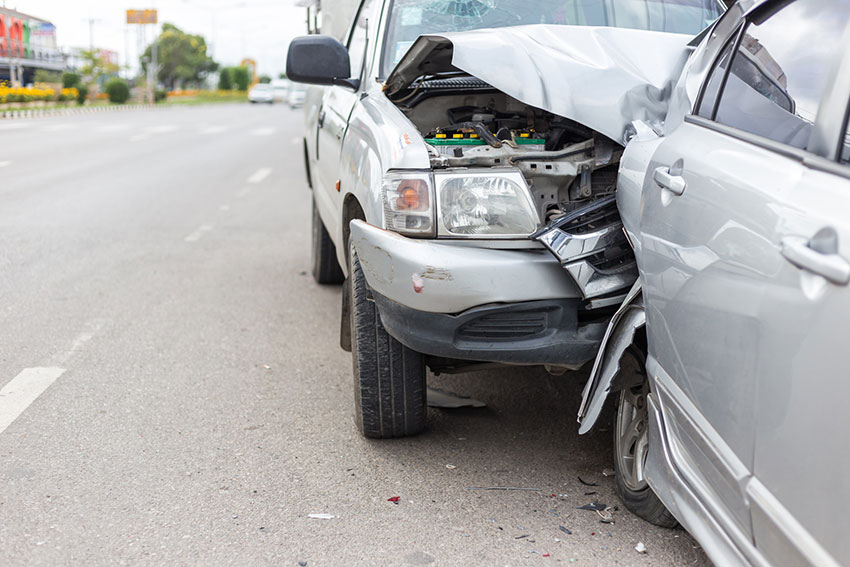
Got In A Rear End Collision Here S What To Do And How To Avoid Them
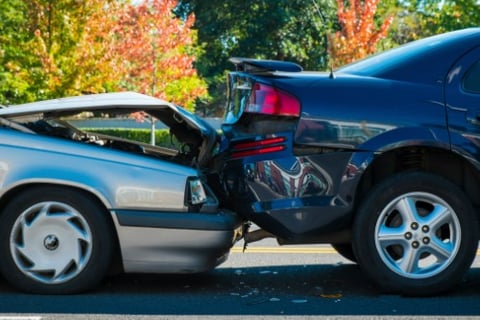
Tribunal Reverses Icbc Decision Awards Driver Compensation Insurance Business Canada

Her Car Was Totalled In A Rear End Crash Caught On Dash Cam So Why Wasn T The Other Driver Charged Cbc News
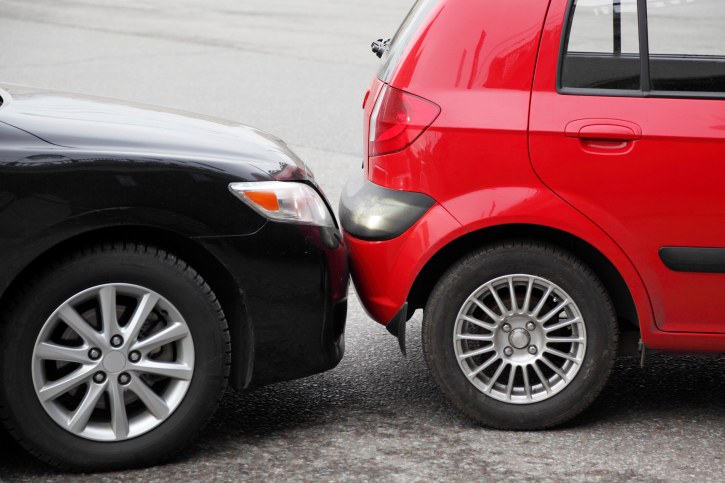
Rear Ended Collision In Vancouver Get Help With Icbc Claims
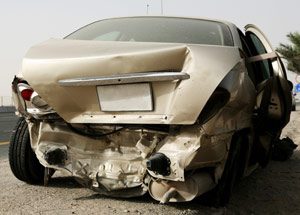
Rear End Collision Injury Lawsuits

Rear End Collision Repair Cost Fix Your Bumper Before You Get Fined

5 Examples Of Hidden Damages Found After A Car Accident Mackin S Auto Body

I Ve Been In A Car Accident In Bc Now What

Paying More For Insurance After A Car Accident Nirwan Law Corporation
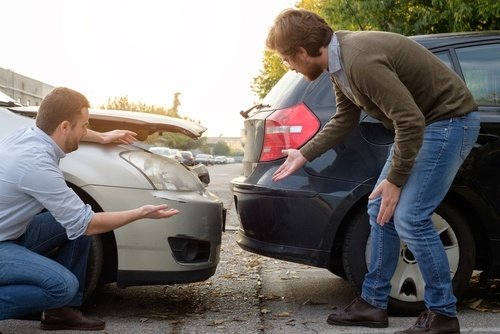
Rear End Collision Lawsuit 10 Key Things To Know About Fault

Who Is Liable For Damages If You Re Involved In A Car Accident While Driving For Work Findlay Personal Injury Lawyers

Rear End Collisions Who Is At Fault Richter Trial Lawyers Vancouver Personal Injury Lawyers

Rear End Collision During Lane Change Lane Rear Ended Change

How To Avoid A Rear End Collision Ratesdotca
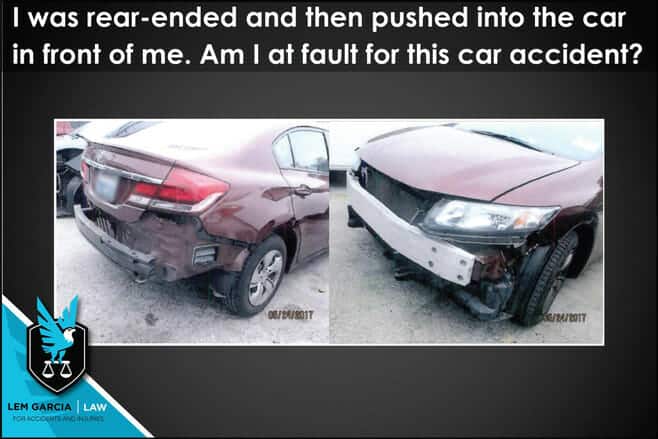
I Was Rear Ended And Then Pushed Into The Car In Front Of Me Am I At Fault For This Car Accident Lem Garcia Law

